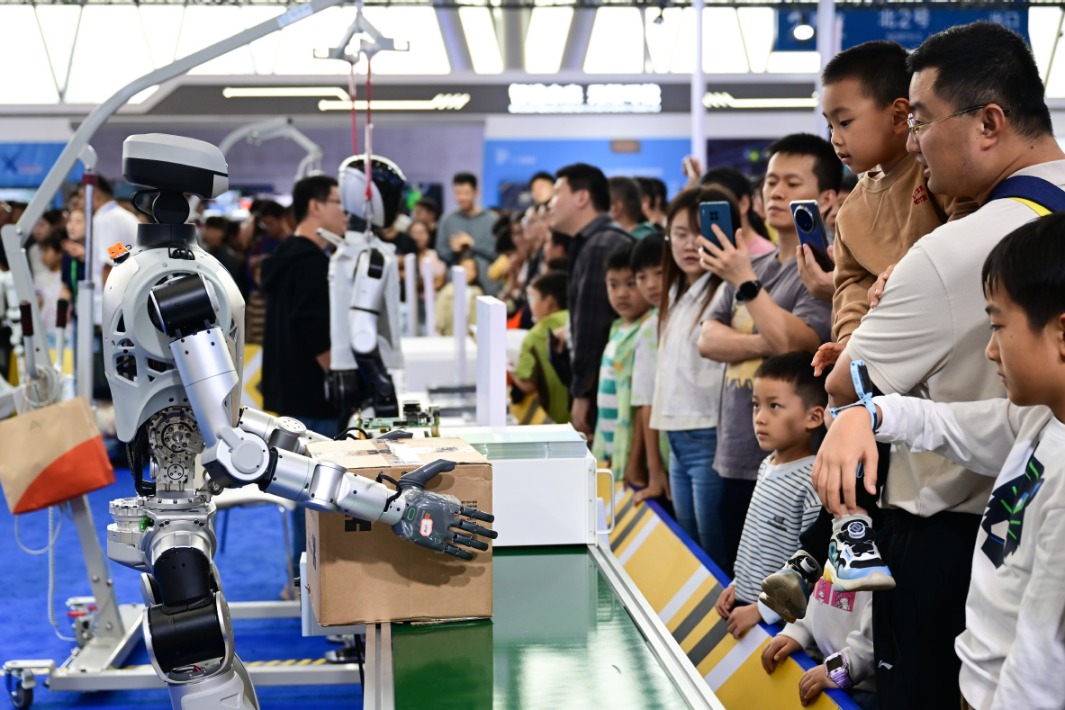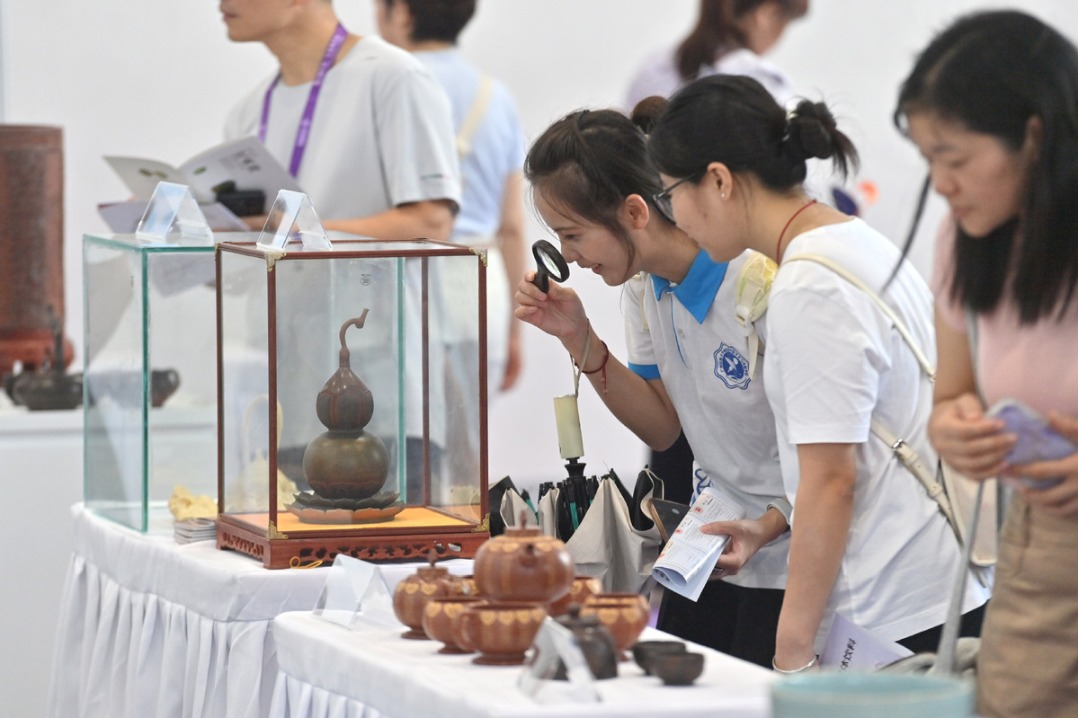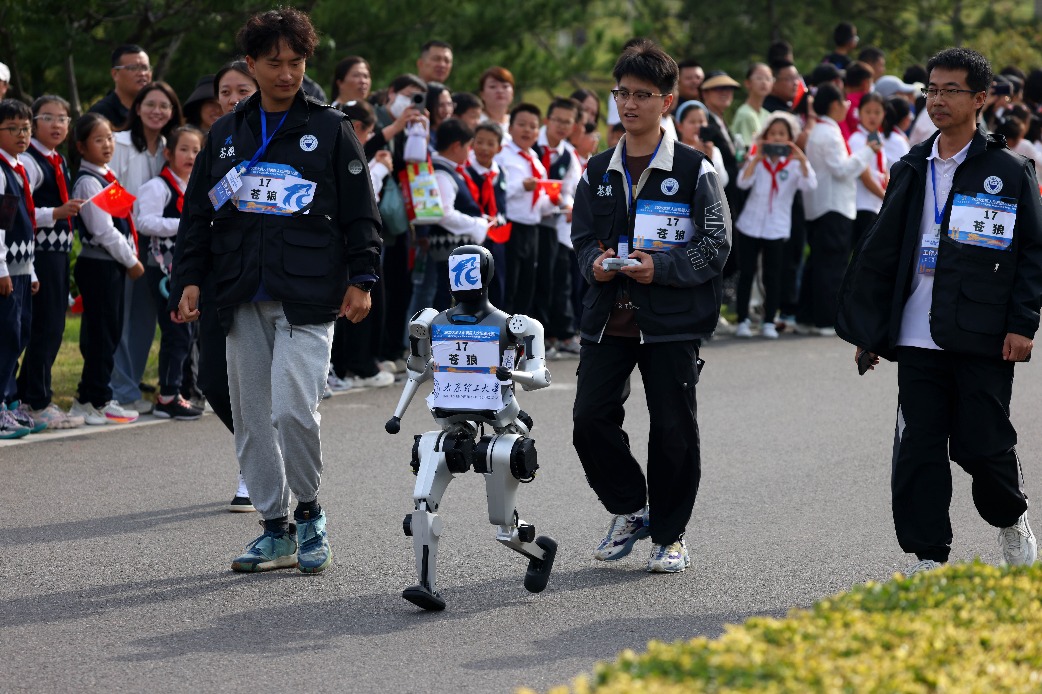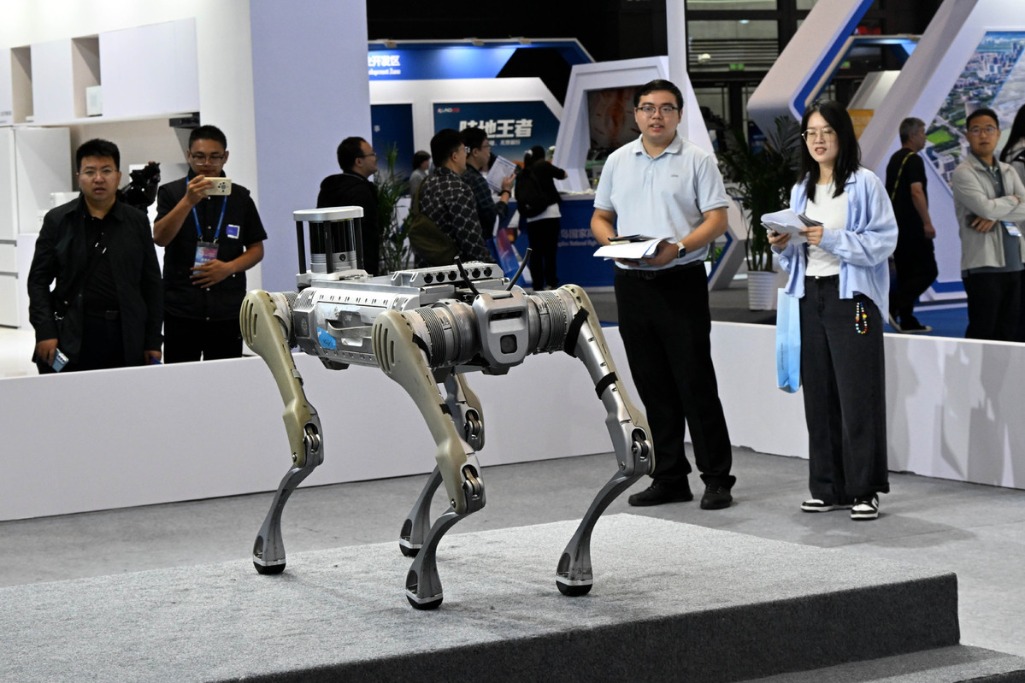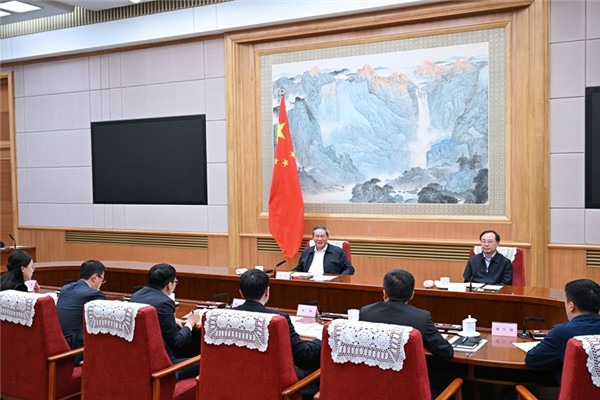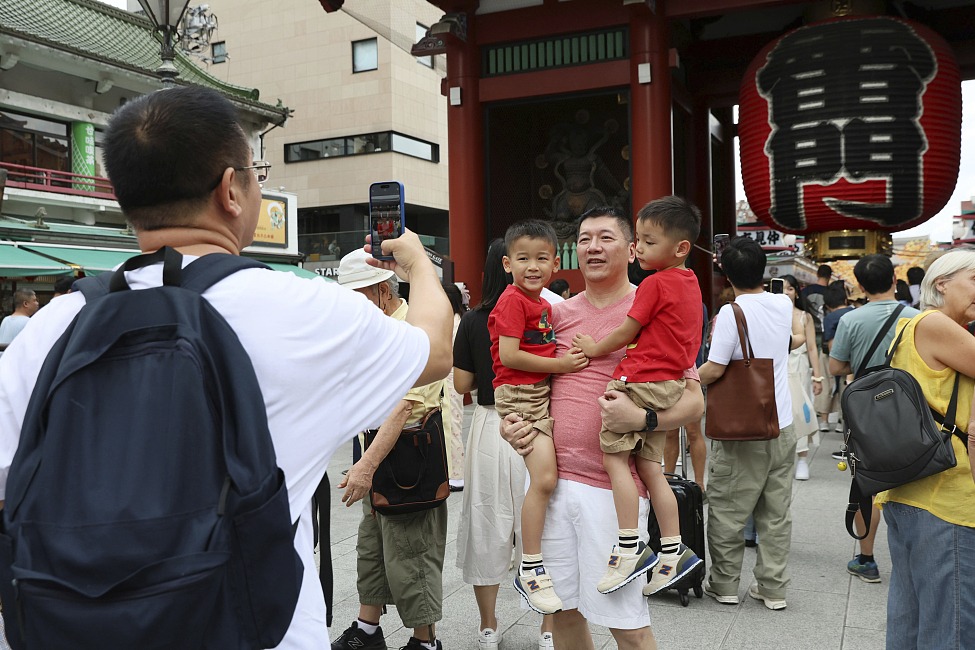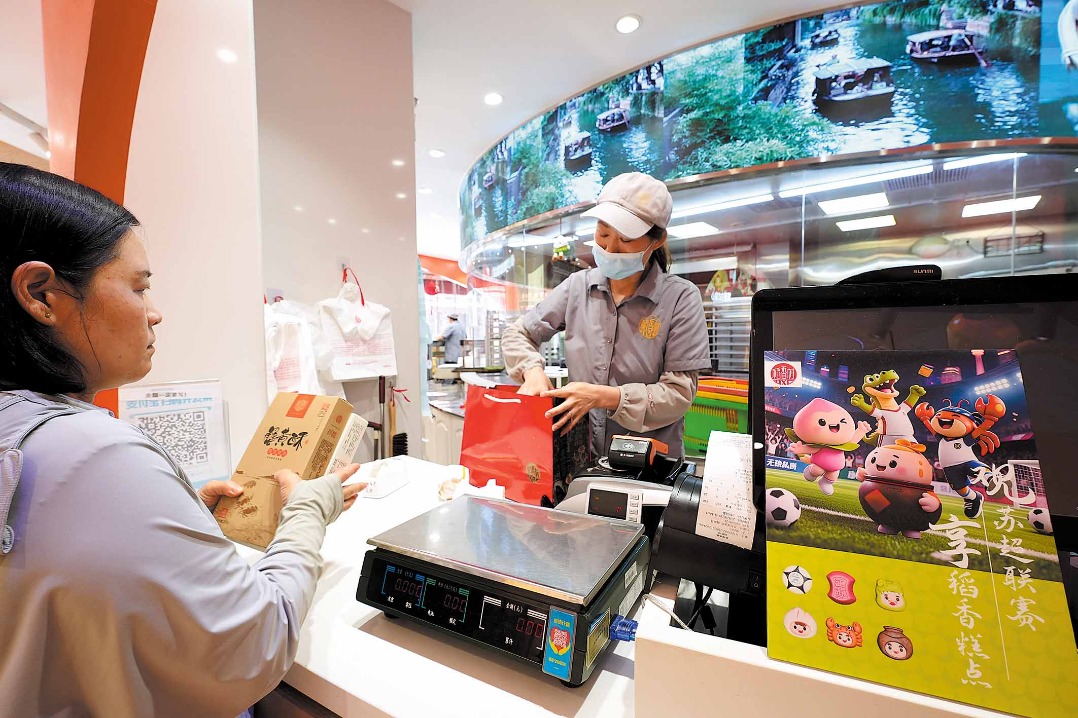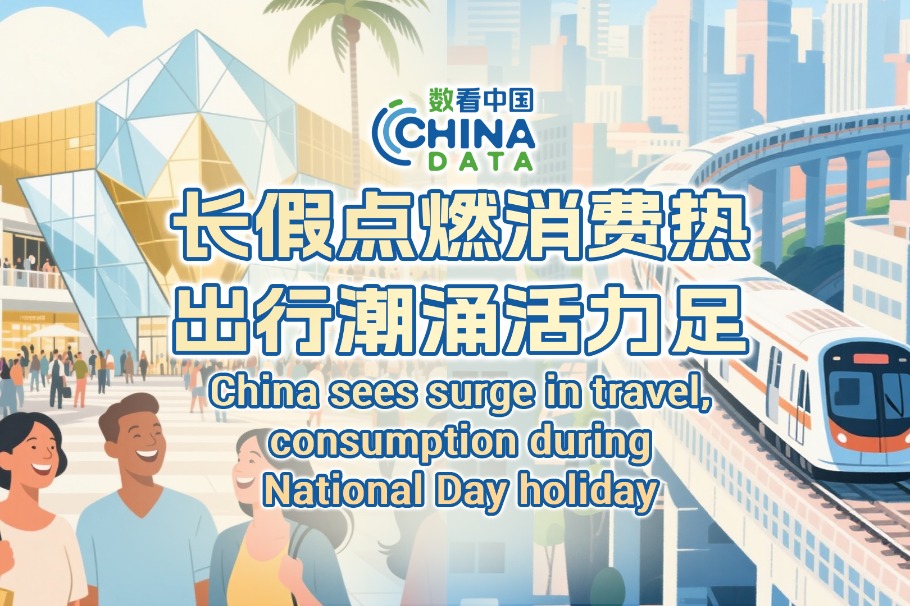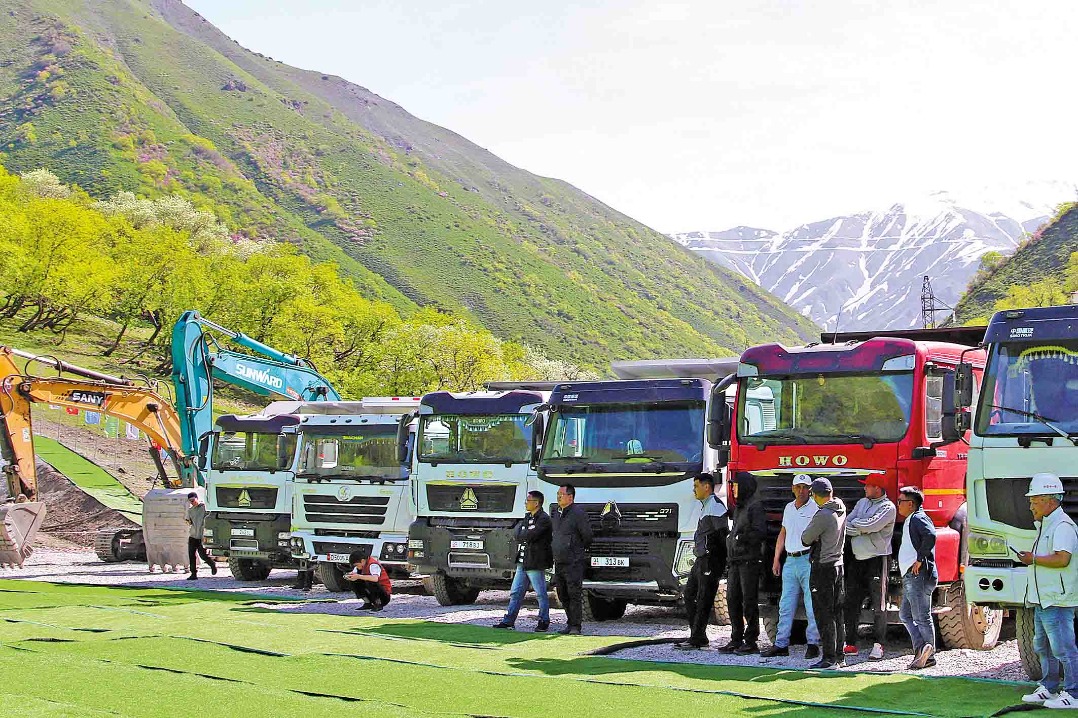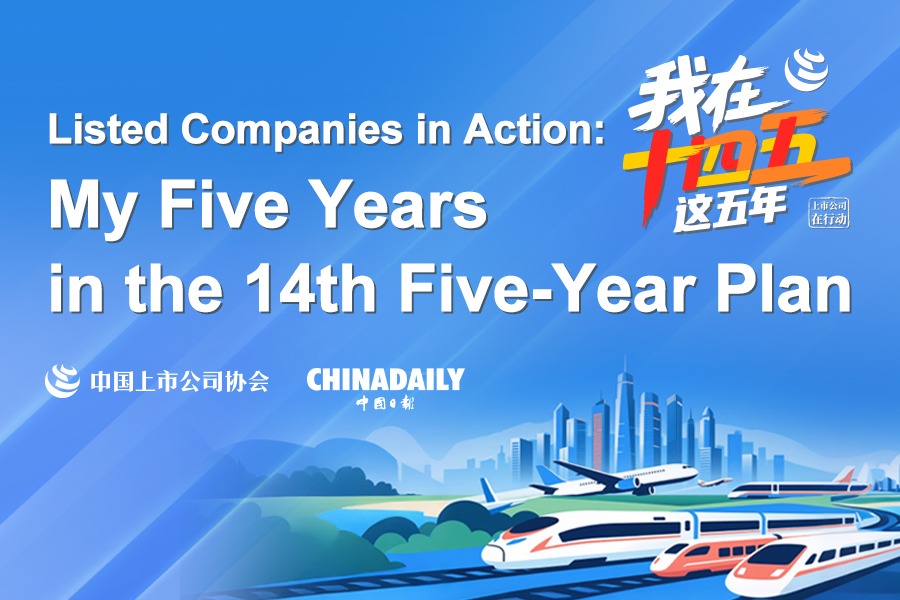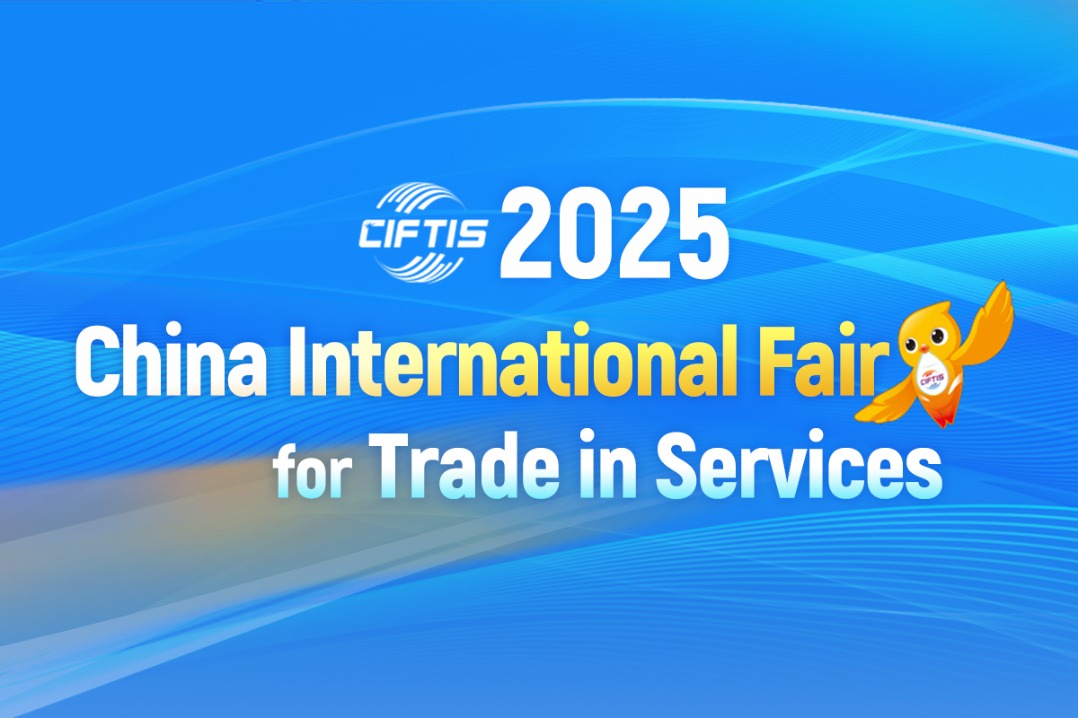Tax shift seen as boost to consumption
Will transform how governments think about growth, lift revenue

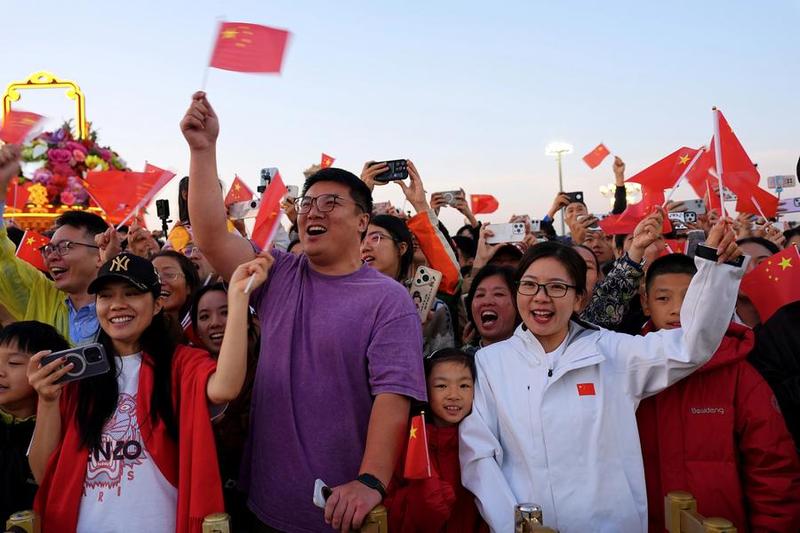
As China prepares its next five-year economic blueprint, economists widely expect the world's second-largest economy to start relocating the point of collection of its largest single source of tax revenue from where products and services are made now to where they are bought and consumed.
The potential shift in value-added tax collection during its upcoming 15th Five-Year Plan period (2026-30) could transform how local governments think about growth, shifting their focus from building massive factories to fostering vibrant consumer markets, and accelerate Beijing's transition to a consumption-led economy, they said.
They made the remarks in the lead-up to the fourth plenary session of the 20th Communist Party of China Central Committee, to be held from Monday to Thursday, when the country's policymakers will gather to map out social and economic development over the next half decade.
"The current VAT system rewards production locations, not consumption hubs," Qiao Baoyun, professor of the China Academy of Public Finance and Policy at the Beijing-based Central University of Finance and Economics, told China Daily in an exclusive interview.
In this context, Qiao said local governments, in pursuit of tax revenue, have a strong incentive to encourage businesses to set up factories and engage in production in their jurisdiction.
Last year, China's VAT revenue came in at 6.67 trillion yuan ($935.6 billion), accounting for over 38 percent of the country's total tax collection, said the Ministry of Finance.
Local governments, eager for economic growth and tax revenue, aggressively court the same favored industries with favorable policies. The result, which is evident in photovoltaic manufacturing over the past years, is a dangerous cycle of redundant construction, vicious internal competition, and ultimately, some oversupply situations.
The existing system, with a heavy reliance on taxes levied on industrial production, has been a cornerstone of China's rapid, investment-led growth model over the past decades. However, as the economy seeks more sustainable, consumption-driven expansion, this model has begun to lose its luster.
Rebalancing China's economy away from investment and exports and toward household consumption has been the stated priority of China's leadership ever since the 2024 Central Economic Work Conference.


















